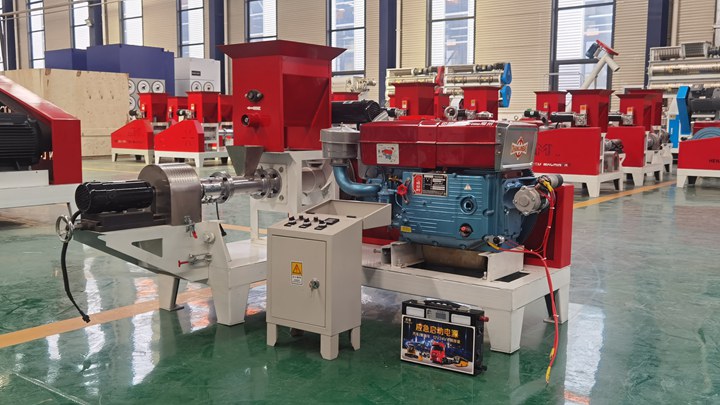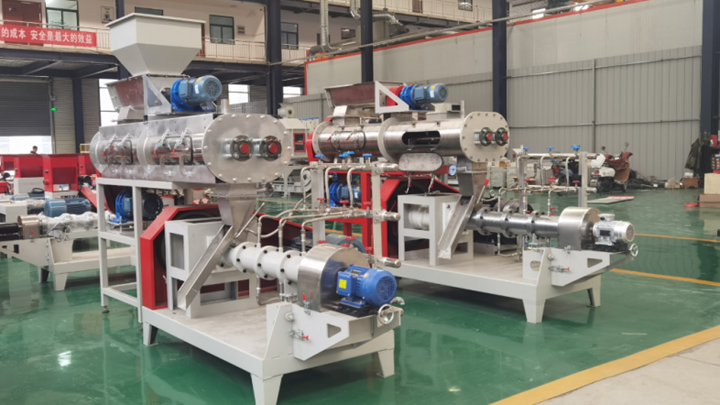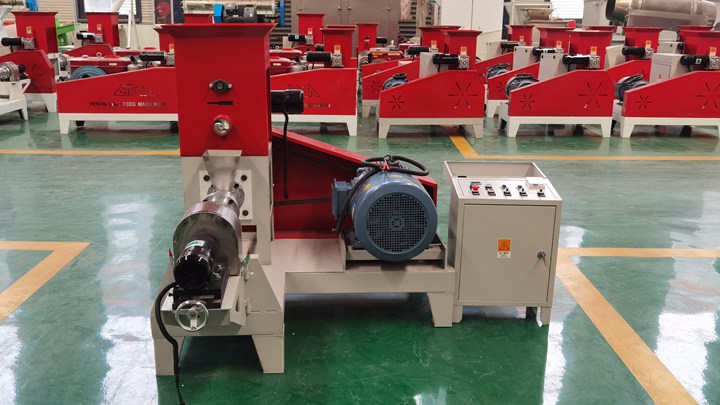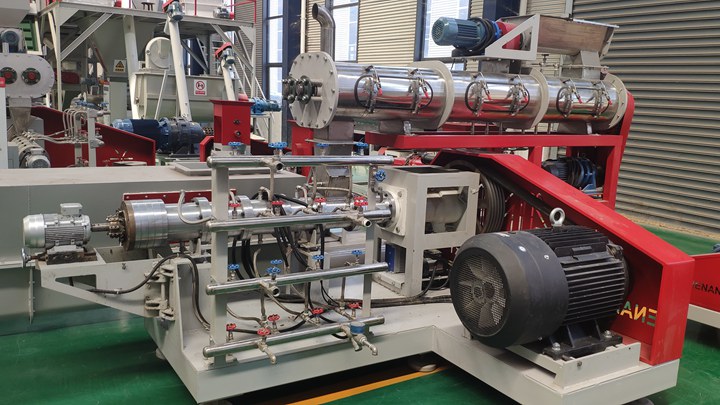
May 17, 2023 · Common enzymes used in catfish feed include protease, amylase, and lipase. Catfish Feed Formulation. Catfish feed expression is the process of creating a balanced and nutritional diet for catfish by combining colorful feed ingredients in specific proportions.
.jpg)
Dec 31, 2022 · The results showed that the second treatment of a mixture of 250 grams of catfish feed with 250 grams of pollard flour was the best medium for maggot cultivation, with the results of 7,607 ±

Aug 25, 2021 · Learning objectives include enhancing knowledge on how to identify local ingredients for fish feed production, acquiring experience of BMPs in formulating and producing feed for tilapia and African catfish, and building entrepreneurial skills in business plan development for sustainable low fish feed production. Download the manual below.
.jpg)
These include the species and size of the catfish, the feeding stage (e.g., fry, fingerling, grower, broodstock), the feeding strategy (e.g., ad libitum or restricted), the water temperature and pH, and the availability and cost of ingredients. Steps in catfish feed formulation. Step one: Formulating a feed for catfish is to determine the

Catfish Feeding Schedule: Starter Feed (for fry and small fingerlings): Protein Level: 40-45%. Formulation Adjustments: Increase fish meal and soybean meal, reduce corn meal and wheat bran. Grower Feed (for medium-sized fingerlings to juveniles): Protein Level: 35-40%. Formulation Adjustments: Follow the detailed formulation above.

Organic ingredients and the right Fish Feed Pellet Size contribute to the feed’s efficiency.The process of sinking fish feed formulation is a sophisticated and critical phase that ensures the nutritional needs of different fish species are met.
.jpg)
The primary aim of feed formulation is to provide catfish with an acceptable nutritional requirement at different stages of life, with the aim to maximize profit and reduce the production cost. Catfish feeds should be formulated according to the required crude protein level, energy level, and vitamin levels.

When choosing catfish feed formulation, fish farmers should follow the below principles: Nutrient requirements of catfish: as a catfish farmer who wants to make catfish feed by own, you need to grasp enough knowledge of catfish feed ingredients, and know about the nutrient requirements of your catfish at different growth phases.

Generally, there is one water table per 10 square meters, hanging in the box for 20 cm to 30 cm from the bottom. When feeding, the feed was sprinkled on the surface of the feed table, and was swallowed by catfish in the process of gradual falling. When catfish length goes 5 cm to 10 cm, the feeding rate is 8%~10% of its weight, daily 3 to 4 times.

Feeding catfish must be reasonable in the breeding process, and the amount of feed fed at a time should not be too much.Feeding too much to the catfish can easily block the esophagus. Feeding catfish in the fry stage requires chopping up the feed, which promotes better feeding and digestion for young fish.

digestibility was not affected in catfish fed at rates of about 70–100% of satiation. Digestion was also unchanged in catfish fed once daily or every other day to satiation, or at water temperatures of 75–86 °F. Table 1. Apparent digestibility (%) of protein, fat, starch, and energy for various feedstuffs determined for catfish. 1

A typical catfish feed contains 25 percent or more of digestible carbohydrates. Lipid levels in commercial catfish feeds rarely exceed 5-6 percent. About 3-4 percent of the lipid is inherent in the feed ingredients, with the remaining 1-2 percent being sprayed onto the finished pellets to reduce feed “fines”.

6 days ago · Feeding. Feed is the largest cost in catfish production, accounting for more than 50 percent of total variable costs, so how fish are fed directly affects profitability of catfish farming. Despite considerable research, feeding catfish is far from an exact science. It is a highly subjective process that differs among catfish farmers.

African catfish to get better-tasting and bigger-sized fish. This kind of hybrid forms the bulk of catfish production in Thailand. This manual summarizes the techniques developed at SEAFDEC/AQD on the breeding and seed production of the native catfish. Figure 2. Asian catfish species C. batrachus C. macrocephalus